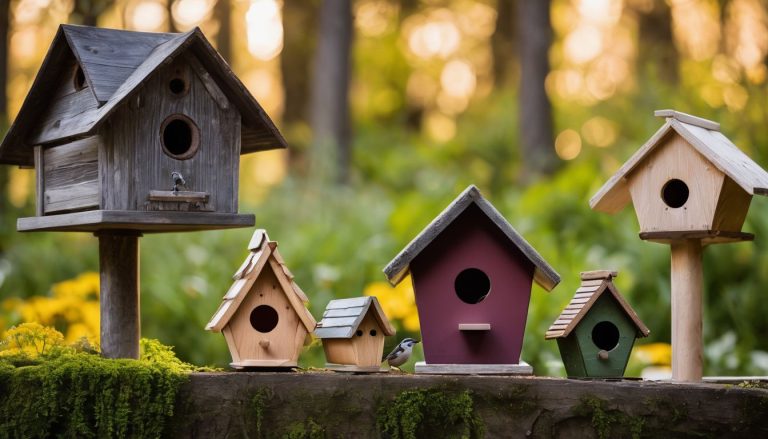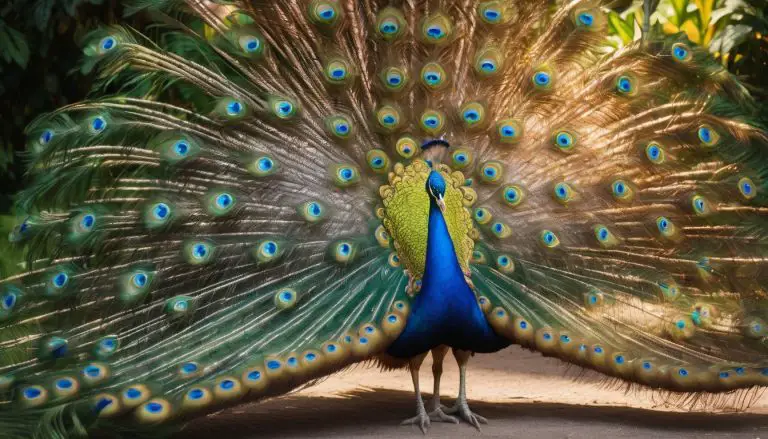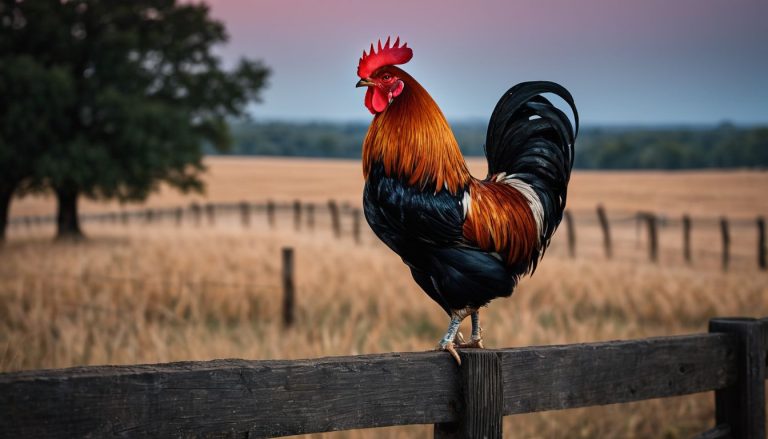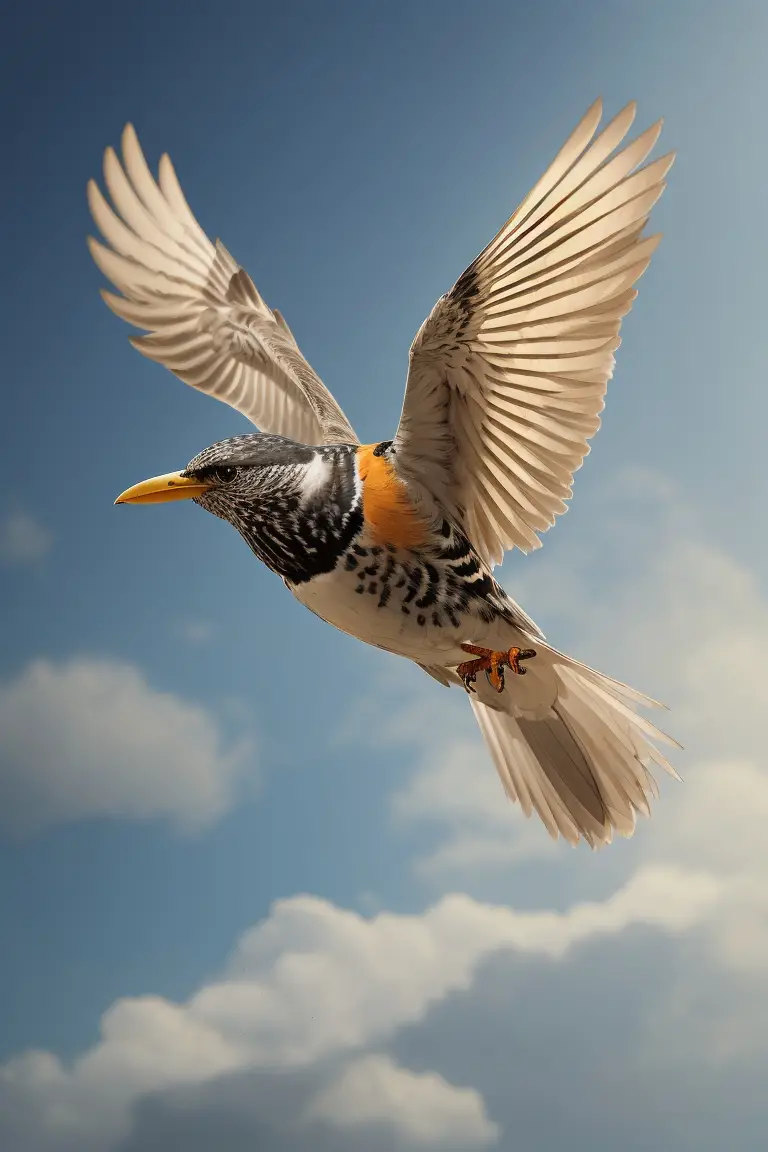As a seasoned birder, there’s something truly magical about those early mornings spent in the company of my backyard symphony—the gentle flutters and chirps that seem to sweep away the rest of the world.
Even so, I get it, fellow bird enthusiasts: we share a common sigh when flocks of starlings swoop in like boisterous party crashers at our feeders, muscling out the songbirds whose melodies we cherish over their ravenous feeding frenzies.
Years have rolled by with me on this avian adventure—mornings filled with coffee in hand and binoculars at the ready—and through some good ol’ perseverance and ingenuity, I’ve pieced together strategies to keep these hungry interlopers at arm’s length.
Mind you, none of this involves harm; instead it’s all about being crafty with feeder selections and timing tweaks that nudge starlings elsewhere without spoiling anyone’s appetite.
So if you’re itching for serene gatherings rather than feathered free-for-alls around your seed stash, stay tuned. This post is brimming with simple tricks gleaned from years by the window watching wings—the kind only an enthusiast who basks in birdsong can share.
Let’s turn that pesky bird brawl into an orderly queue for your viewing pleasure!
Key Takeaways
- Use cage – protected suet feeders to stop starlings while letting smaller birds eat.
- Hang shiny mylar balloons with helium near feeders to scare starlings away.
- Pick feeders with small feeding ports that only little birds can use to keep out starlings.
- Mix birdseed with things like safflower seeds or hot pepper flakes, which starlings don’t like but other birds do.
- Change when you put food out, because starlings eat later in the morning and stop earlier in the evening.
Understanding the Behavior of Starlings
Starlings are known for dominating bird feeders and can be quite aggressive towards other birds. Their feeding habits and large group sizes can make them a nuisance at feeders, so it’s important to understand their behavior in order to deter them effectively.
How they dominate feeders
Starlings can be real bullies at bird feeders. They come in large groups and scare away smaller birds. These noisy birds take over, eating lots of food fast. This means little is left for the birds I want to see.
Their strong beaks make it easy for them to eat all kinds of foods from the feeder. If there’s a crowd of starlings at my feeder, it’s hard for other birds to get a chance to eat.
– Their feeding habits
Their feeding habits
After learning about how starlings dominate feeders, it’s important to understand their feeding habits. Starlings are known to consume large quantities of food in a short time, which can leave other birds with limited access to the feeder.
Their aggressive behavior often results in scaring off smaller bird species and consuming all the available seed within moments. Additionally, starlings have been observed as ground feeders, scavenging for fallen seeds or insects beneath bird feeders.
Understanding these behaviors is crucial when devising strategies aimed at deterring them from your bird feeders. Using this insight will help you select the most effective methods for keeping unwanted starlings away from your feeding stations while still providing a welcoming environment for other avian visitors.
Why they can be a nuisance
Starlings can be a nuisance at bird feeders due to their aggressive behavior and voracious appetite. They often dominate feeders, scaring away smaller birds and consuming large amounts of food in a short time.
Their presence may deter other desirable bird species from visiting the feeders, impacting the overall enjoyment of birdwatching. Additionally, their feeding habits can create mess and noise around the feeders, making it challenging for bird enthusiasts to attract specific avian species while also maintaining a tidy feeding area.
Therefore, finding effective ways to keep starlings away from bird feeders is crucial for creating a more enjoyable and diverse backyard birding experience.
Strategies to Keep Starlings Away from Bird Feeders
– Utilizing suet feeders surrounded by a cage helps prevent starlings from accessing the food, while still allowing smaller birds to feed.
– Hanging mylar balloons filled with helium can deter starlings as they are startled by the reflective and moving objects near the feeders.
Utilizing suet feeders surrounded by a cage
The suet feeder surrounded by a cage is an effective way to keep starlings away from bird feeders. This design prevents larger birds like starlings from accessing the suet, while still allowing smaller birds like chickadees and nuthatches to feed.
Slicing up the suet block can deter starlings and attract smaller birds, making this strategy efficient in preventing unwanted avian visitors at feeders.
The use of suet feeders with cage protection provides a solution that keeps the feeding area exclusive for smaller birds, offering them safety and peace during meal times. Starling-proof options are essential in maintaining a balanced ecology in backyard birding environments while encouraging diversity among our feathered friends.
Hanging mylar balloons filled with helium
To add an effective starling deterrent method to the bird feeder protection, I find hanging mylar balloons filled with helium a great solution. Mylar balloons filled with helium can be a visual and auditory scare tactic for starlings.
The reflective surface and the movement created by these balloons in the breeze can make starlings uncomfortable, deterring them from coming near the feeders.
Additionally, combining this method with other strategies like staggered meal times and adjusting feeding times based on starlings’ behavior can enhance its effectiveness. Moreover, using multiple deterrence methods simultaneously is often more successful in keeping unwanted birds away from feeders.
Using feeders with smaller access points
Feeders with smaller access points can be effective in keeping starlings away. These feeders make it hard for larger birds like starlings to get inside, while still allowing smaller birds to feed.
This helps create a more welcoming feeding environment for the desired bird species and deters unwanted visitors like starlings. Using these types of feeders can help maintain a peaceful and balanced feeder space.
Switching to feeders with smaller access points can ensure that only smaller birds have easy entry, making it difficult for starlings to dominate the feeding area. With these specialized access points, you can enjoy watching a variety of small and colorful birds frequent your feeder without being pushed out by larger, more aggressive species.
Placing a mirror near the feeder
To change the behavior of starlings at my feeders, I can consider placing a mirror near the feeder. Starlings do not like to feed where they feel vulnerable, so a well-placed mirror can make them uncomfortable and deter them from dominating my bird feeders.
This strategy can be effective because it disrupts their confidence and territorial behavior around the feeding area. Additionally, it may create an illusion of depth or open space which discourages starlings from monopolizing the feeder.
By trying different strategies such as utilizing suet feeders surrounded by a cage and using mirrors strategically placed near the feeder, I can work towards creating an environment that is less inviting for starlings while still attracting other smaller birds.
Using domed feeders
To change things up from the previous strategy, consider using domed feeders to discourage starlings. These feeders have a raised dome on top, which prevents larger birds like starlings from landing and accessing the food.
The smaller perches below the dome are perfect for attracting smaller birds while keeping the starlings at bay. Additionally, these domed feeders can be aesthetically pleasing and add a unique touch to your bird-feeding area.
Additional Tips for Discouraging Starlings
Try choosing specific types of feeders that are designed to avoid attracting starlings, and avoid large, open feeders that they can easily dominate. You can also mix in deterring ingredients with birdseed or consistently change feeding times to discourage their presence.
Choosing specific types of feeders
I’d suggest choosing feeders with smaller access points to deter starlings. This can help prevent the larger birds from dominating the feeders and allow smaller birds to enjoy their meals without interruptions.
Also, it’s a good idea to avoid large, open feeders that make it easy for starlings to access the food. Instead, consider using domed feeders or suet feeders surrounded by a cage; these options can discourage starlings from feeding while still attracting other bird species.
By mixing deterring ingredients with birdseed and switching to foods that starlings don’t like eating, you can effectively keep them away from your bird feeder area. Additionally, try adding ultrasonic repellent devices near your bird feeding station as a humane method of keeping starlings at bay.
Avoiding large, open feeders
When considering ways to deter starlings from bird feeders, another effective strategy is avoiding large, open feeders. Starlings are notorious for dominating these types of feeders due to their aggressive nature and flock behavior.
By opting for smaller, enclosed feeders with limited access points, you can effectively discourage starlings while still providing a welcoming environment for smaller birds like chickadees and finches.
This approach not only helps in deterring starlings but also ensures that other bird species have a fair chance at accessing the feeder without being intimidated or crowded out by larger flocks of starlings.
By implementing this method, it becomes less likely that the feeding areas will be overwhelmed by larger species such as starlings, thus creating a more inclusive environment for various bird species.
Mixing in deterring ingredients with birdseed
Mixing certain birdseed with ingredients that starlings don’t like can help keep them away from feeders. Ingredients like safflower seeds or nyjer seeds are unappealing to starlings but attract finches and chickadees.
This way, I can discourage the starlings while still providing food for other small birds. Additionally, incorporating spicy ingredients like red pepper flakes into the birdseed mix can deter starlings without harming other birds’ diets.
By using these strategies, I ensure that I’m providing food for desirable bird species while discouraging unwanted visitors like starlings. Through mixing in deterring ingredients with birdseed, I create an environment where smaller birds thrive without interference from larger and more aggressive species such as starlings – ultimately contributing to a balanced and harmonious backyard ecosystem.
Consistently changing feeding times
I adjust my bird feeding times to discourage starlings. I know they start feeding later and stop earlier, so changing the schedule helps. It’s a simple way to keep them off without impacting other birds’ mealtimes.
A little adjustment goes a long way in keeping those pesky starlings away.
Now, let’s explore “Choosing specific types of feeders” to further deter these unwanted visitors from our bird feeders.
Conclusion
In conclusion, deterring starlings from bird feeders is achievable. Using suet feeders surrounded by a cage can keep starlings away and attract smaller birds. Adjusting feeding times for other birds can help deter starlings from feeders.
Starling-proof suet feeders and ultrasound repellents are effective in keeping them away. Additionally, switching bird feed to foods that starlings don’t enjoy eating can also keep them at bay.
I’m Owen Featherstone, your bird-watching buddy and enthusiast of all things feathered! Armed with binoculars and a notebook, I’m on a never-ending quest to uncover the mysteries of our avian friends. Whether it’s deciphering melodies in a dawn chorus or finding out if hummingbirds ever take coffee breaks, I’m here to share the delightful world of birds with you. So grab your virtual wings, and let’s explore the skies together!






